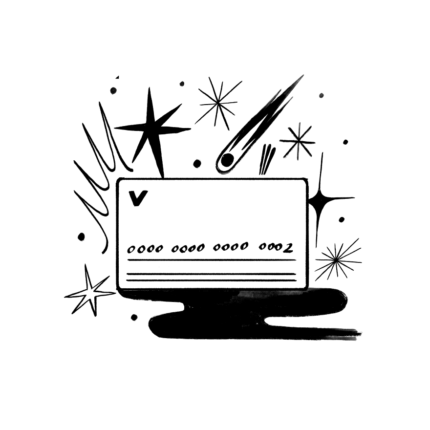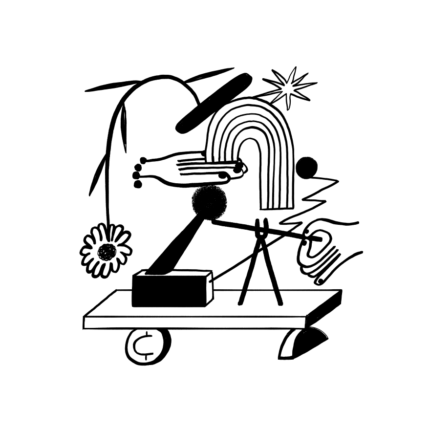
Everything you need to know about catch-up contributions
So, you have a health savings account (HSA), and you’re creeping up to that 55th birthday. That means it’s time to learn about catch-up contributions.
You’re probably already familiar with HSA contributions… like who can contribute, how much is enough, and all that jazz. And if you’re not, head over to our other blog on all things contributions before continuing here! But if you’ve already begun to think: “okay, how does this whole catch-up thing work?” Well, you’re not alone. That’s why we’re going to talk all about ‘em right here.
What are catch-up contributions? How do you make them? What do they mean?! Let’s dig in.
What’s a catch-up contribution?
A catch-up contribution allows any HSA holder over the age of 55 to contribute an extra $1,000 over the annual contribution maximums each year (in 2024, this is $4,150 for individuals and $8,300 for families). Why? Well, by the time you’re 55, you’re probably starting to feel mighty close to those sweet, sweet golden years. So catch-up contributions are like the universe’s—or the government’s—way of saying, “all right, now’s the time to buckle down. You got this..”
What’s the point?
This $1,000 catch-up allowance lets you reduce your taxable income while still increasing your HSA balance, in service of giving you more to spend on health expenses in retirement It’s a pretty sweet deal, but naturally, there are some caveats.
Only account holders who’ve turned 55 (or are currently older) by December 31 of the current tax year, and are not enrolled in Medicare may contribute this $1,000 addition to the annual max. If you’re married and both you and your spouse have separate HSAs, each of you are eligible to make $1,000 catch-up contributions. Double the (tax-free) fun! Conversely, if you have a family account, you can only contribute $1,000, not $2,000. So make sure you have separate HSAs to maximize your savings.
“But I just opened my HSA”…
All good. As long as you’re enrolled in a qualifying high-deductible health plan (HDHP) for the entire plan year, you’re eligible to contribute the full $1,000 catch-up amount, no questions asked.
And if you only enrolled in an HDHP for part of the year? Again: fear not! You can still prorate the catch-up amount by the number of months you did have qualifying coverage, as long as you turn 55 before December 31st of that year. If whatever that prorated amount turns out to be doesn’t sound like a lot to you right now, let us remind you just how flexible that money becomes once you turn 65, when you can use HSA funds for any expense. And yes, we know what you’re thinking: Won’t I still be taxed if I spend on non-medical expenses? Well, yes, but that’s a lot better than using the money and paying those taxes plus the penalties. Yikes!
Oh, and even if you do turn 55 late in the year, don’t worry about rushing to make your contribution. If you so choose, you’ll have until April 18th of the following year to do make that total $1k catch-up amount.
Another birthday, another dollar!
Your HSA becomes more useful as you age… which is truly great news! So be patient, and as soon as you’re done blowing out those 55 candles, get ready to boost your HSA, and therefore your retirement years, with those long-awaited catch-up contributions.


